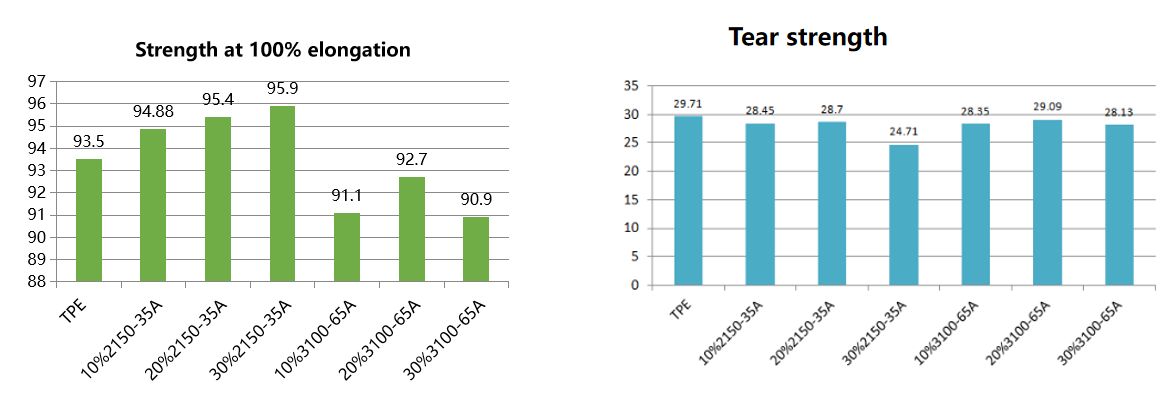A study just published in Cell Reports Physical Science found something besides happiness in that ... [+] new car smell. (Photo: Getty)
The character Don Draper once said on the TV show Mad Men that “Happiness is the smell of a new car.” Well, a study just published in Cell Reports Physical Science found something besides happiness in a new car that may make you go, “What the smell?” That’s because what you’re smelling may actually consist of formaldehyde, benzene, and other chemicals floating in the air that could irritate your skin, eyes, nose, and throat and even cause cancer. Leather For Bags

Yep, a research team from the Beijing Institute of Technology (Haimei Wang, Dongdong Guo, Weirong Zhang, Rui Zhang, Ying Gao, Xuankai Zhang, Wei Liu, Wei Wu, Lihua Sun, Xuefei Yu, Jing Zhao, and Jianyin Xiong) and the Harvard T.H. Chan School of Public Health (Shaodan Huang, Jack M. Wolfson, and Petros Koutrakis) revealed that the insides of a new mid-size sports utility vehicle (SUV) plug-in hybrid electric didn’t quite pass the sniff test. They found levels of different volatile organic compounds (VOC) exceeding Chinese national safety standards in this SUV that had been manufactured in the month prior. Now, a VOC is not someone who frequently gets angry about organic food. Rather, volatile, in this case, means readily able to go into air. Therefore, a VOC is a gaseous chemical that a solid object or material may emit.
Many VOC’s are potentially silent but deadly—not in a fart way but potentially in a cancer-causing way. VOCs include formaldehyde and benzene, which are considered class I carcinogens by the International Agency for Research on Cancer (IARC), meaning that they are known to be cancer-causing agents. Meanwhile, acetaldehyde, ethylbenzene, and styrene are considered class II probable carcinogens, meaning that studies have suggested that they probably can cause cancer.
For the study, the research team measured the concentrations of different VOCs in a parked SUV over 12 consecutive days that extended from July 21 to August 1, 2022. They chose 12 days not because a partridge in a pear tree was somehow involved. Instead, they wanted a period of time that could span different weather conditions such as sunny, cloudy, and rainy days and therefore show how VOC levels may vary with temperature, relative humidity, and other ambient conditions. The research team used a device to measure the VOC concentration rather than a graduate student, because you don’t want to keep a graduate student locked in an SUV for 12 straight days.
Testing revealed a formaldehyde-and-go-seek-situation. Even though cadavers may not be the first thing that you think of when sitting in a new car, concentrations of formaldehyde, which is often used to preserve cadavers, went 34.9% above Chinese national safety standards during the 12 days. Acetaldehyde levels went even higher, 60.5% above such standards. Elevated levels of benzene were seen as well.
That’s not great news when you are sitting in a car and doing a lot of, you know, breathing. It may be especially concerning if you actively pant while driving. And think about how much time you and others may spend in cars these days, whether you are doing the daily average of over 50 minutes driving or much more, if driving is part of your work such as when you are an Uber or Lyft driver.
A 2016=217 survey by the AAA Foundation for Traffic Safety estimated that Americans collectively ... [+] spent 70 billion hours driving over the course of a year. (Photo by Jeff Topping/Getty Images)
Even if you were to hold your breath whenever driving or riding in a car, which is not advisable, such VOCs could make it into your body through your skin or mucous membranes. Keeping you car windows open could help ventilate the insides of the car and reduce your exposure, as you may do when someone in the car lets out a wicked fart. But that’s not always practical in a driving rain or snowstorm or if your passenger has a rather elaborate hairstyle or a poorly-anchored toupée. While you could always wear a hazmat suit while in a car, that may get some comments from your date.
This is not a VOC yeah you know me situation. It’s not clear how long the insides of your car may keep shedding these VOCs and at what level. While the emitting could be highest when the vehicle is new, it doesn’t look like it’s just a new car thing as a 2021 publication in the journal Environment International cited a number of other earlier studies that found potentially dangerous VOCs in the cabins of vehicles, some new, some old. It’s also not clear what your actual risk of cancer may be over time and how that may vary based on how long you spend inside a car.
Nevertheless, it is clear that breathing in formaldehyde, benzene, acetaldehyde, and other such VOCs is not a good thing. Draper did not say, “Happiness is formaldehyde.” So it’s time to pay more attention to that fragrance in that new Ford, that musk in that new Tesla, that smell in any new car. What materials inside the car may be shedding what into the air in the cabin and what’s driving the use of these materials, so to speak? A key is for car manufacturers to reconsider the materials that they use to line the insides of a vehicle such as the plastic, imitation leather, and woven cloth or felt. Can they use materials that won’t have VOCs flying off the handle. And the seats, dashboards, and other parts of the car.

Artificial Leather Moreover, cars aren’t the only things that may be emitting VOCs into the air. As a growing number of things around us are made out of synthetic materials, an increasing number of chemicals may be up in the air around us. And it is time to give more air to this problem.